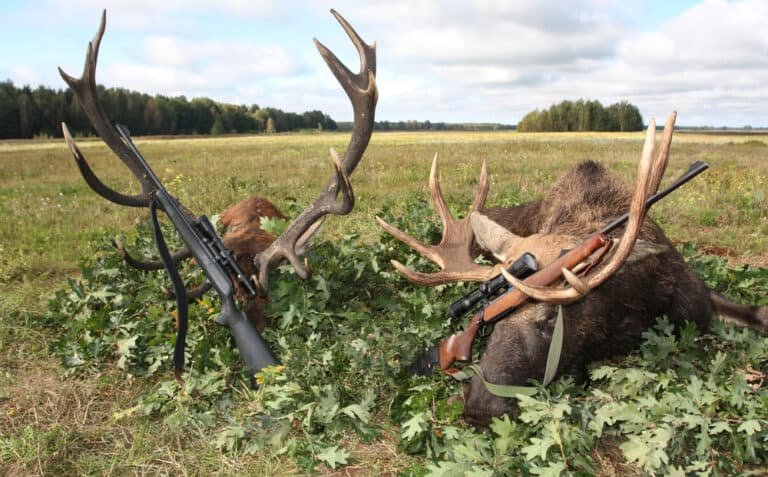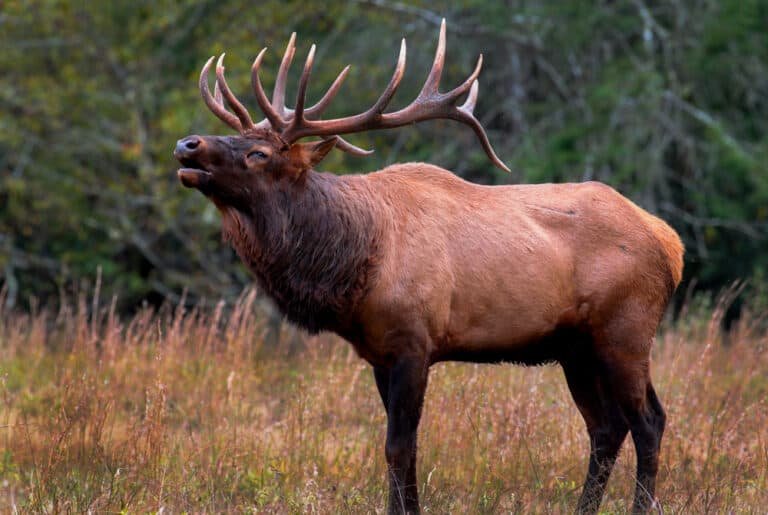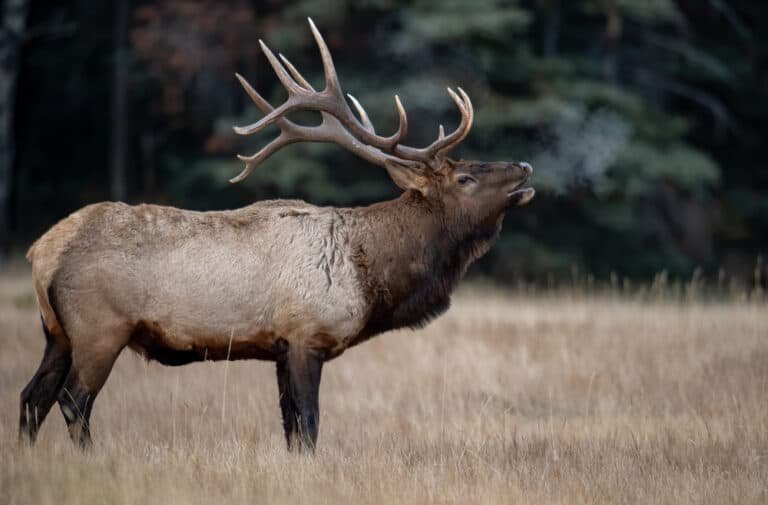Preservation Techniques for Elk Skulls – What You Need to Know
Elk skull preservation is a practice that blends art and science, offering valuable insights into the majestic creatures that roam our lands. This article will explore preservation techniques for elk skulls.
Why Preserve Elk Skulls?
Elk skull preservation is vital for scientific research, education, art, and cultural preservation. These structures offer information about elk biology, behavior, and ecological interactions.
Scientists use preserved elk skulls for anatomical studies and to understand evolutionary patterns. They also serve as educational tools in classrooms and museums, fostering curiosity about wildlife conservation.
Benefits and Uses of Preserved Elk Skulls
Preserved elk skulls are visually captivating and find applications in various domains. They enhance rustic interior designs, inspire artists, and contribute to ecological restoration efforts.
Additionally, they hold cultural significance in Native American traditions, symbolizing strength and wisdom. Elk skulls also aid anthropologists and archaeologists in understanding human evolution and ancient civilizations’ relationships with wildlife.
The Preservation Process
Before preserving an elk skull, thorough cleaning is essential. This involves removing soft tissues by soaking them in water or burying them for decomposition. Then, handpick any remaining flesh and cartilage.
Next, degreasing is crucial for removing oils and fats. Submerge the skull in a hydrogen peroxide solution and scrub it with brushes to ensure a clean, stable structure.
Whitening Elk Skulls
Elk skulls can be bleached using hydrogen peroxide or natural methods like sunlight exposure or the ant hill method to achieve the desired pristine white appearance. Each method has its merits and considerations.

Advanced Preservation Techniques
Advanced techniques like maceration or dermestid beetles can be employed for thorough cleaning, especially in intricate areas.
Special Considerations for Antler Preservation
Cleaning antlers requires gentle brushing to remove dirt and stains using mild, non-abrasive cleaners. Proper care ensures they retain their natural beauty.
Finishing Touches
Sealing the skull with clear acrylic spray or polyurethane varnish preserves its appearance, protecting it from external factors.
Conclusion
Elk skull preservation is an art form and a means to honor these magnificent creatures. By employing preservation techniques, we can transform ordinary elk skulls into valuable educational tools or stunning art pieces, ensuring their essence lives on. Embrace this art form with dedication and patience, and let the memories of untamed elegance be cherished for generations.






